Missing World War II Plane Found After 80 Years
A long-lost plane from World War Two has finally been found after being missing for 80 years. It was found wrecked in a jungle in Papua New Guinea back in February.
Officials from the US Department of Defense have been informed about the status of the wreck and are putting into motion steps to send investigators down to the crash site.
Where Was the Plane Found?
The Daily Mail reported locals near the crash site on the island of New Ireland found evidence of the plane’s body spread across the floor of the jungle.
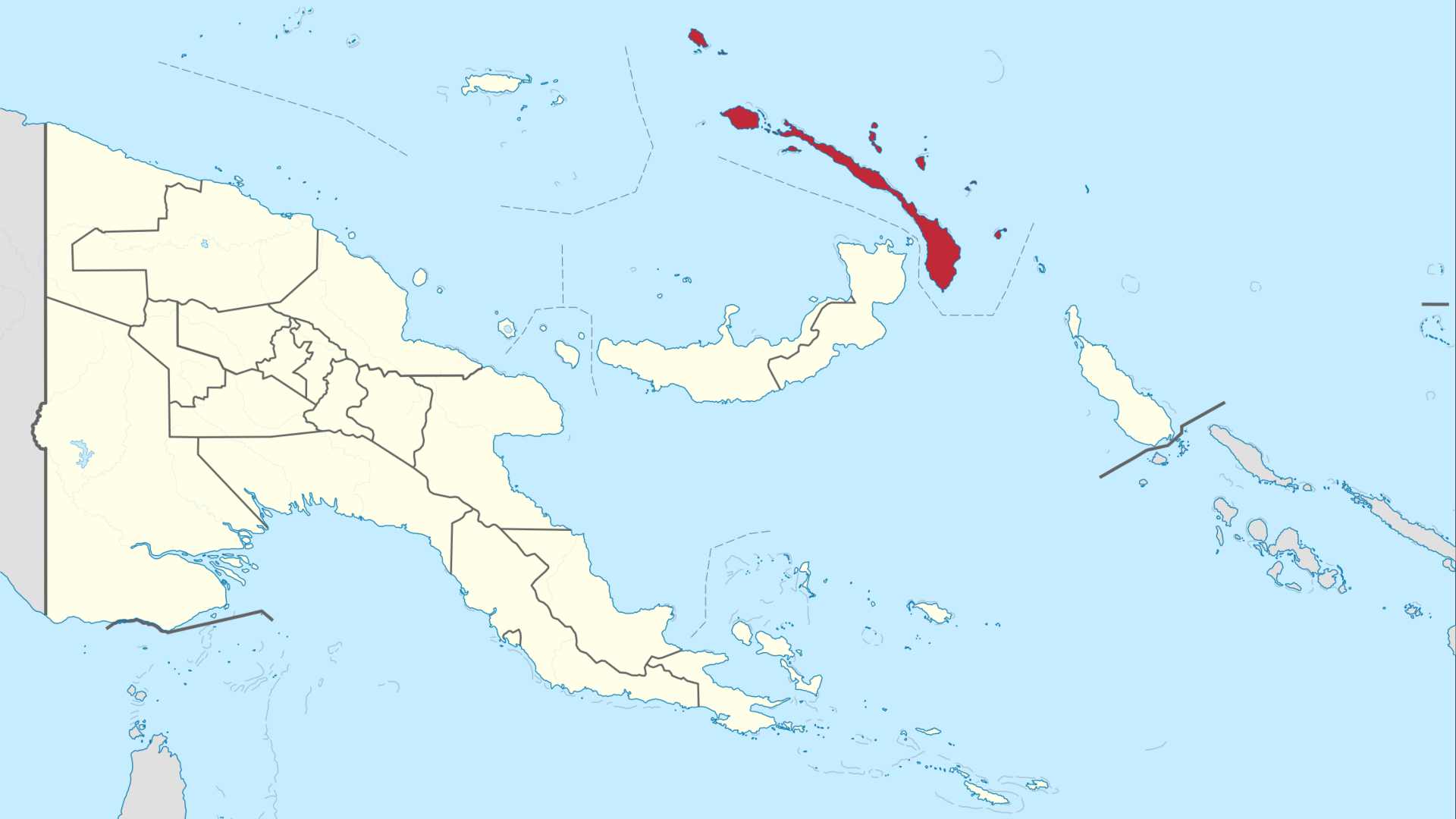
Source: TUBS/Wikimedia
They found parts of the plane in separate pieces as well as wreckage from the engine and propeller. Human remains were also discovered but they have not been properly identified.
Discovery of the Plane
Locals near a jungle in Papua New Guinea had reportedly known of the existence of the crash. Stories told for generations spoke about the plane crash but it wasn’t until now that the exact location was found.
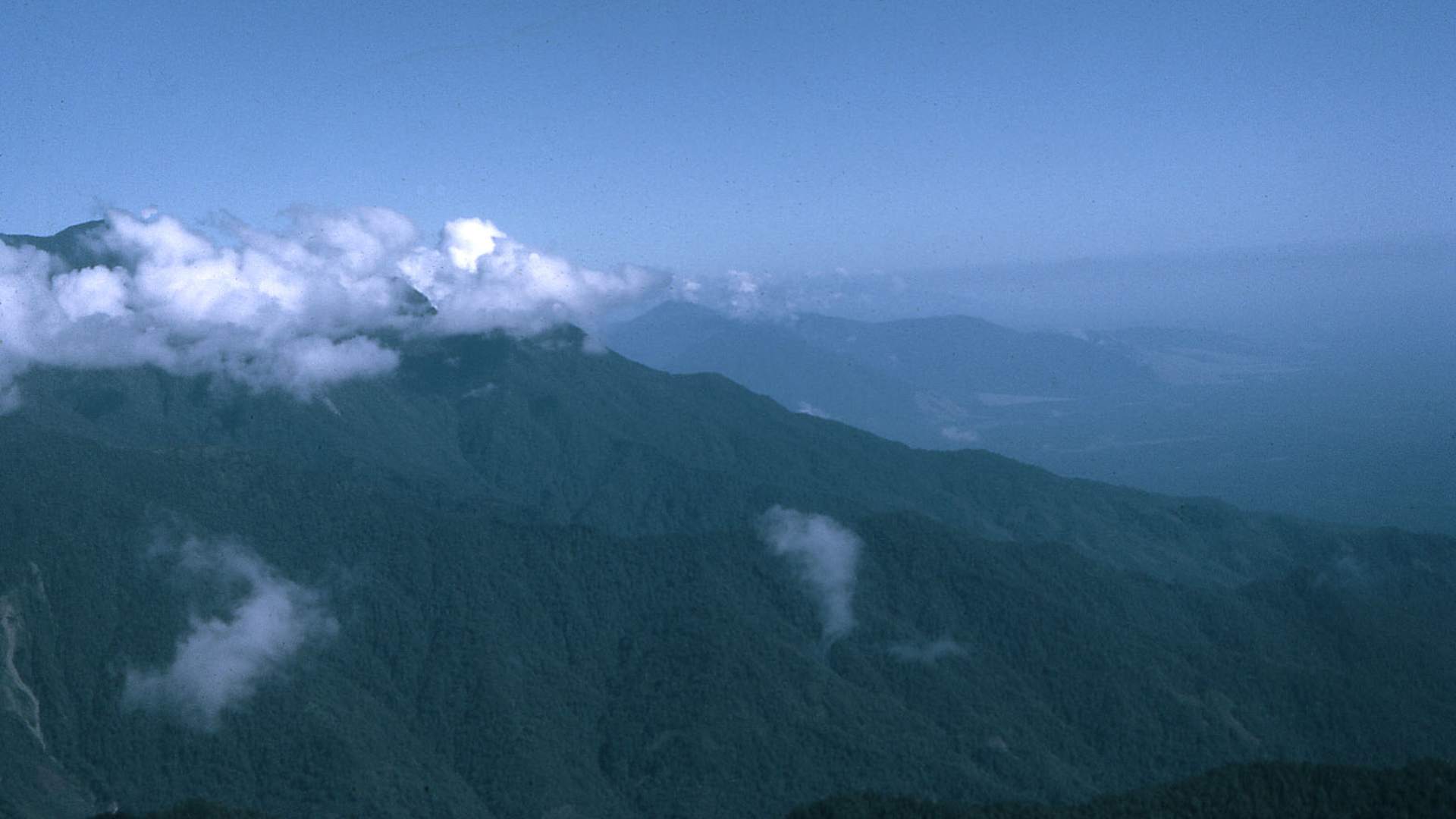
Source: ColinF/Wikimedia
“The story was told by some of our grandparents and passed on to us that there was a plane crash on the mountain part of the jungle, but they did not know where exactly it crashed,” said local Kilala Kindau.
A Thorough Search
Kindau told the Daily Mail that his search group looked through the jungle in December and January before they were able to finally find the wreckage. They also found the serial number of the plane to confirm it came from America.

Source: Perojevic/Wikimedia
“The plane was crashed and broke into three pieces, leaving the pilot trapped inside and unable to escape,” he said.
Black Panther Squadron
The plane was identified as a Douglas SBD Dauntless, a model that was used by the US Marines during World War Two for operations.
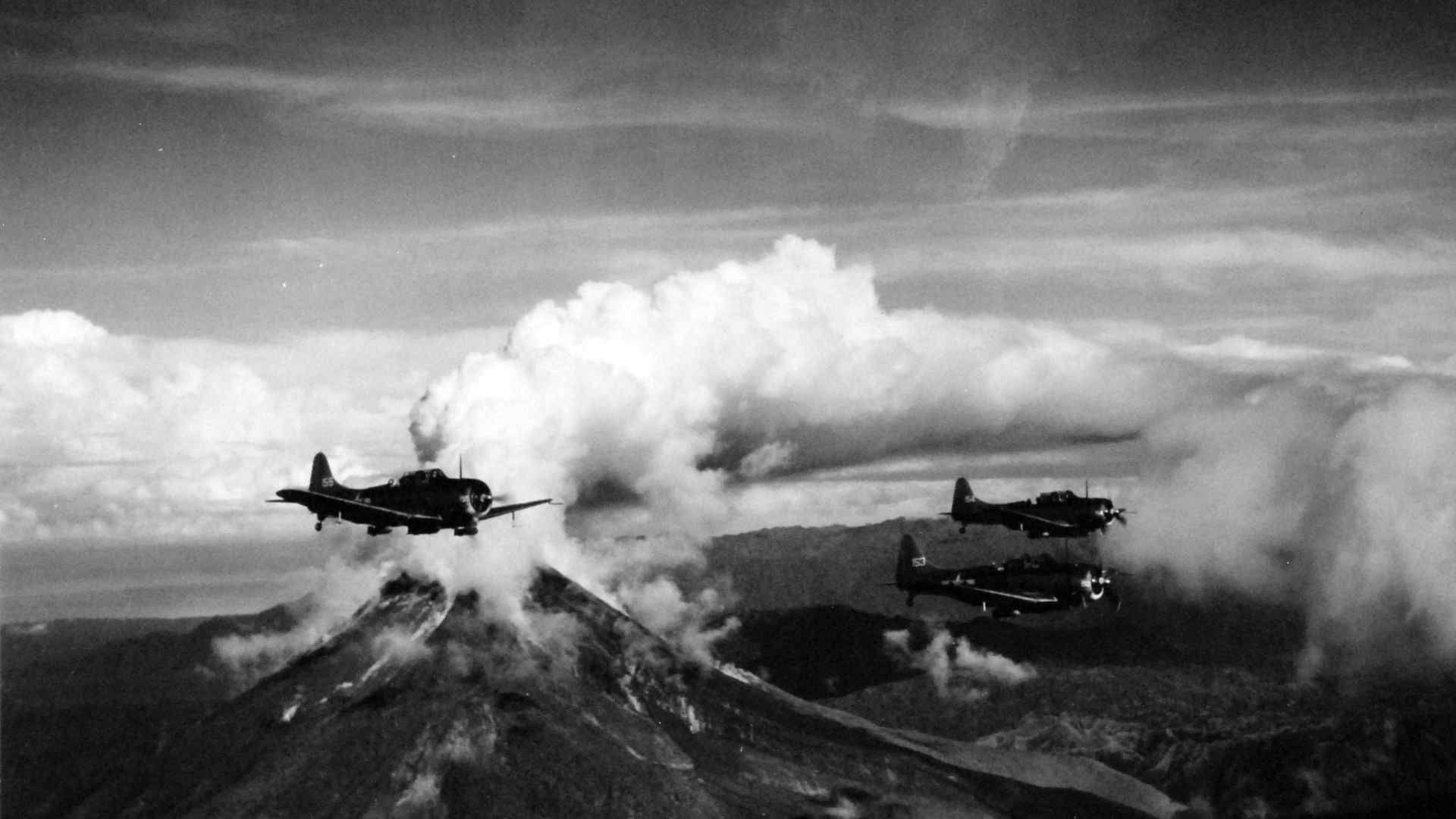
Source: Paul Dorsey/Wikimedia
The particular plane belonged to Marine Scout Bombing Squadron 236. Squadron 236 was nicknamed “Black Panthers” and operated in the South Pacific Theater during World War Two.
The History of the Black Panther Squadron
Marine Scout Bombing Squadron 236 was formed on January 1, 1943. Squadron 236 specialized in dive bombing operations and was created out of the Marine Corps Air Station Mojave located in California.
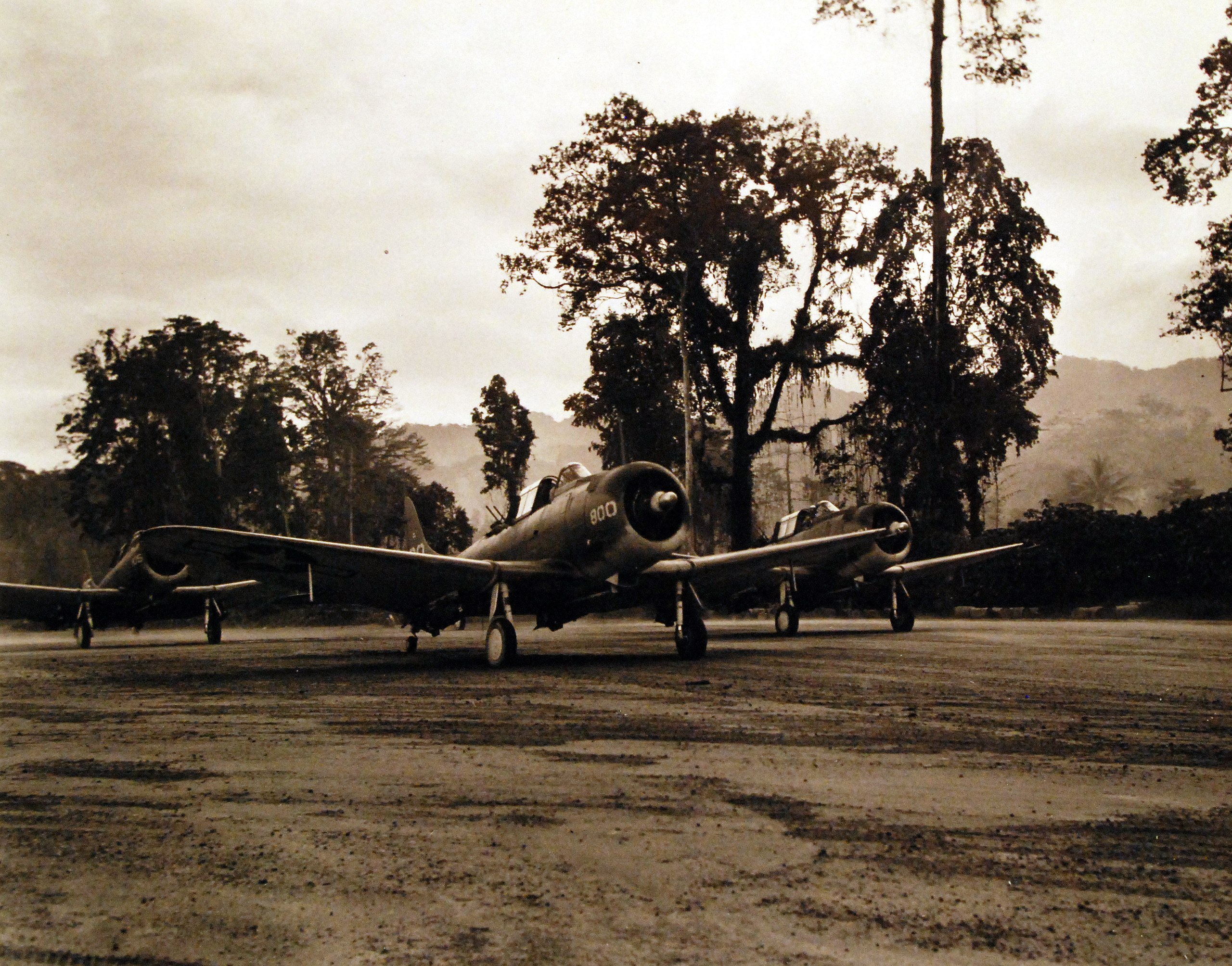
Source: Paul Dorsey/Wikimedia
In July of the same year, Squadron 236 underwent a series of training missions to practice dive bombing.
The Plane That Was Found
The Douglas SBD Dauntless that was found had a serial number of 35971. It was manned by L. Billy Ray Ramsey and Sgt. Charlie J. Sciara when it went down.
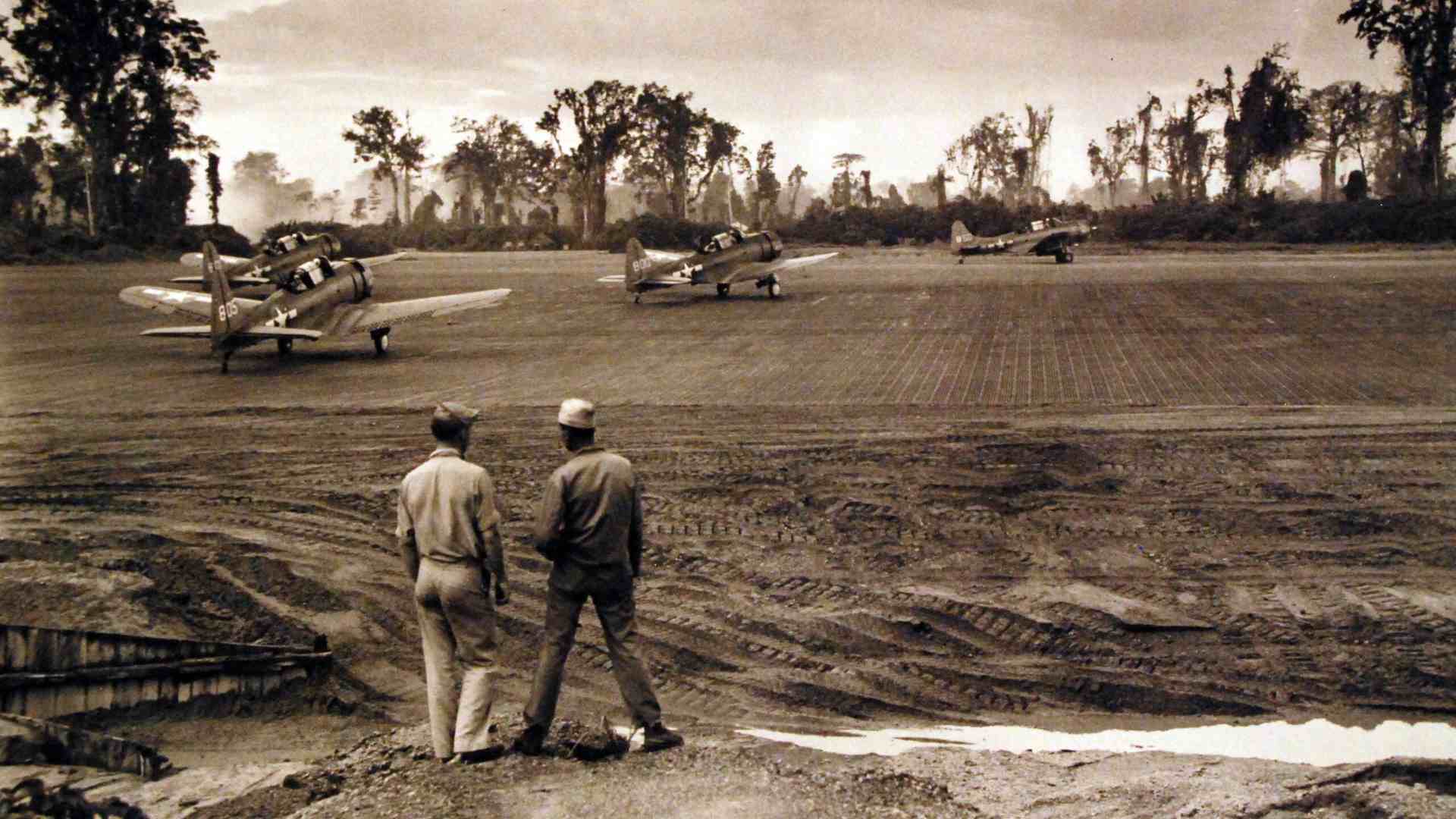
Source: Paul Dorsey/Wikimedia
SBD Dauntless 35971 was built by the Douglas Aircraft Company in El Segundo and delivered to the US Navy. Its operations history saw it assigned to the US Marine Corps, Marine Air Wing 2, Marine Air Group 21, and finally the Black Panthers Squadron.
Plane Goes Missing
On January 14, 1944, Dauntless 35971 was assigned to a mission to strike targets in Rabaul, a province located in Papua New Guinea.
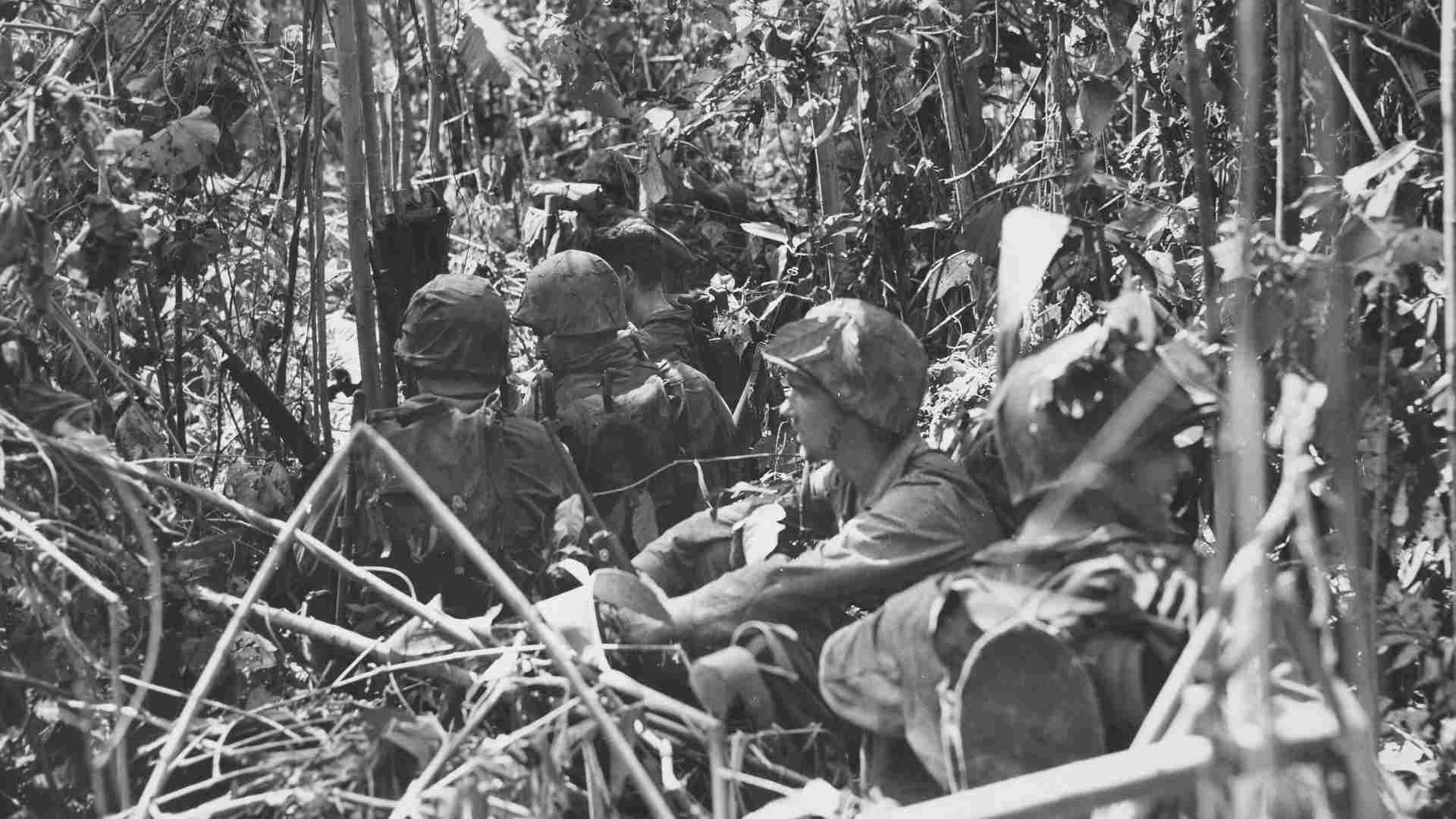
Source: Signal Corps Archive/Wikimedia
The planes were after Japanese shipping targets in the vicinity and managed to sink nine direct hits on seven transports. During the mission, Dauntless 35971 reportedly had its tail shot off by anti-aircraft fire and disappeared over Saint Georges Channel.
Missing in Action
After being seen disappearing in the northeast of Rabaul, Dauntless 35971 was officially declared Missign in Action after it failed to return to base.
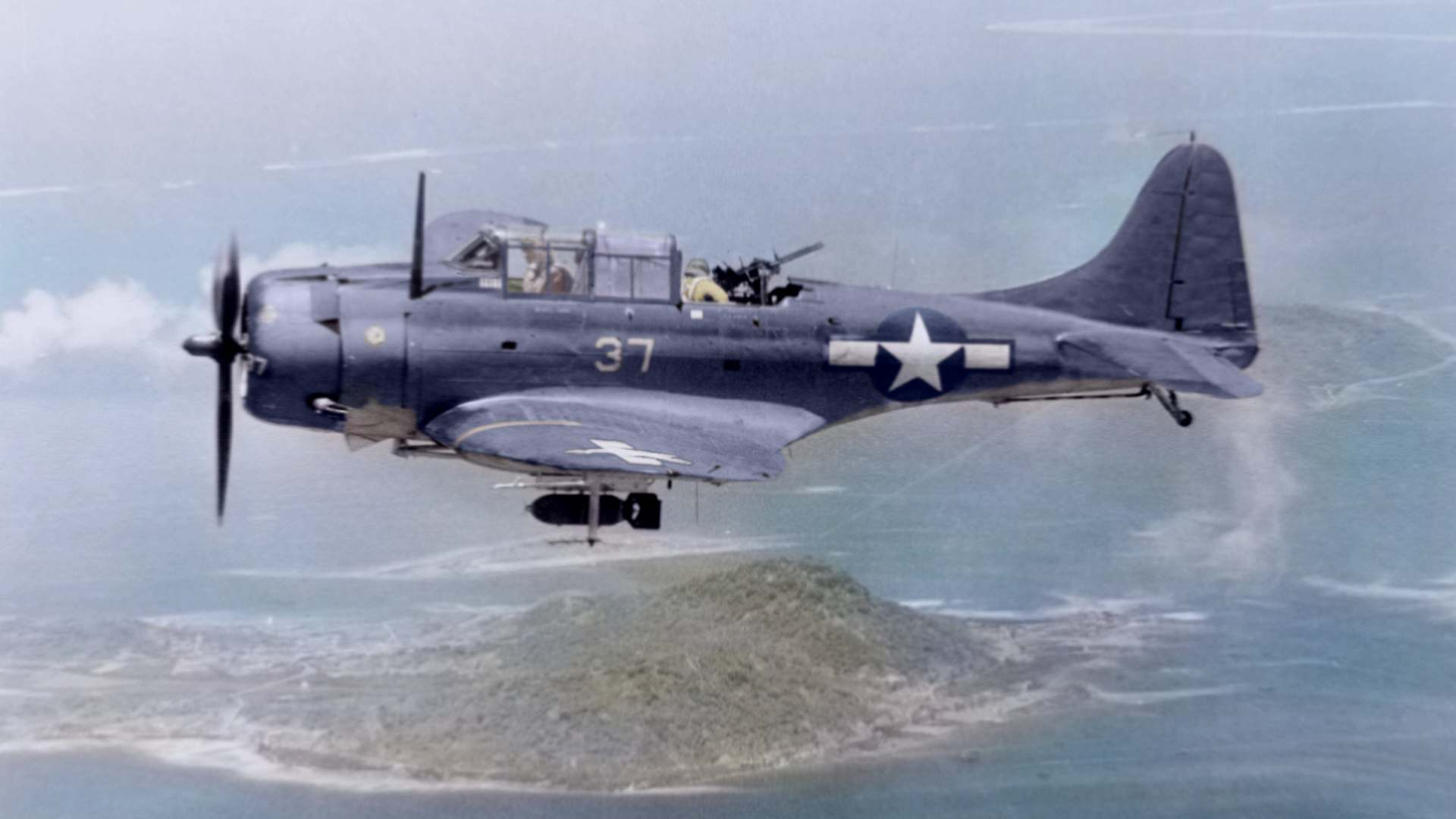
Source: U.S. Navy/Wikimedia
There was a search conducted by a PBY Catalina that was looking for lost aircrews from the January 14 mission but it did not turn up anyone from Dauntless 35971.
Fate of the Pilot
The pilot of the Dauntless 35971, 1st Lt. Billy Ray Ramsey, is thought to have died in the crash and remained on the Missing in Action list. He was officially declared dead on January 15, 1945.

Source: Stefan Krasowski/Wikimedia
After his declared death he was posthumously promoted to the rank of Captain and awarded a Purple Heart. His name appears on the tablets of the missing in Manila American Cemetery.
What Happened to the Gunner?
The gunner of the aircraft, Sgt Charlie J. Sciara reportedly managed to bail out of the flailing aircraft and make it safely to the ground. Unfortunately, he was captured by Japanese forces and became a Prisoner of War.
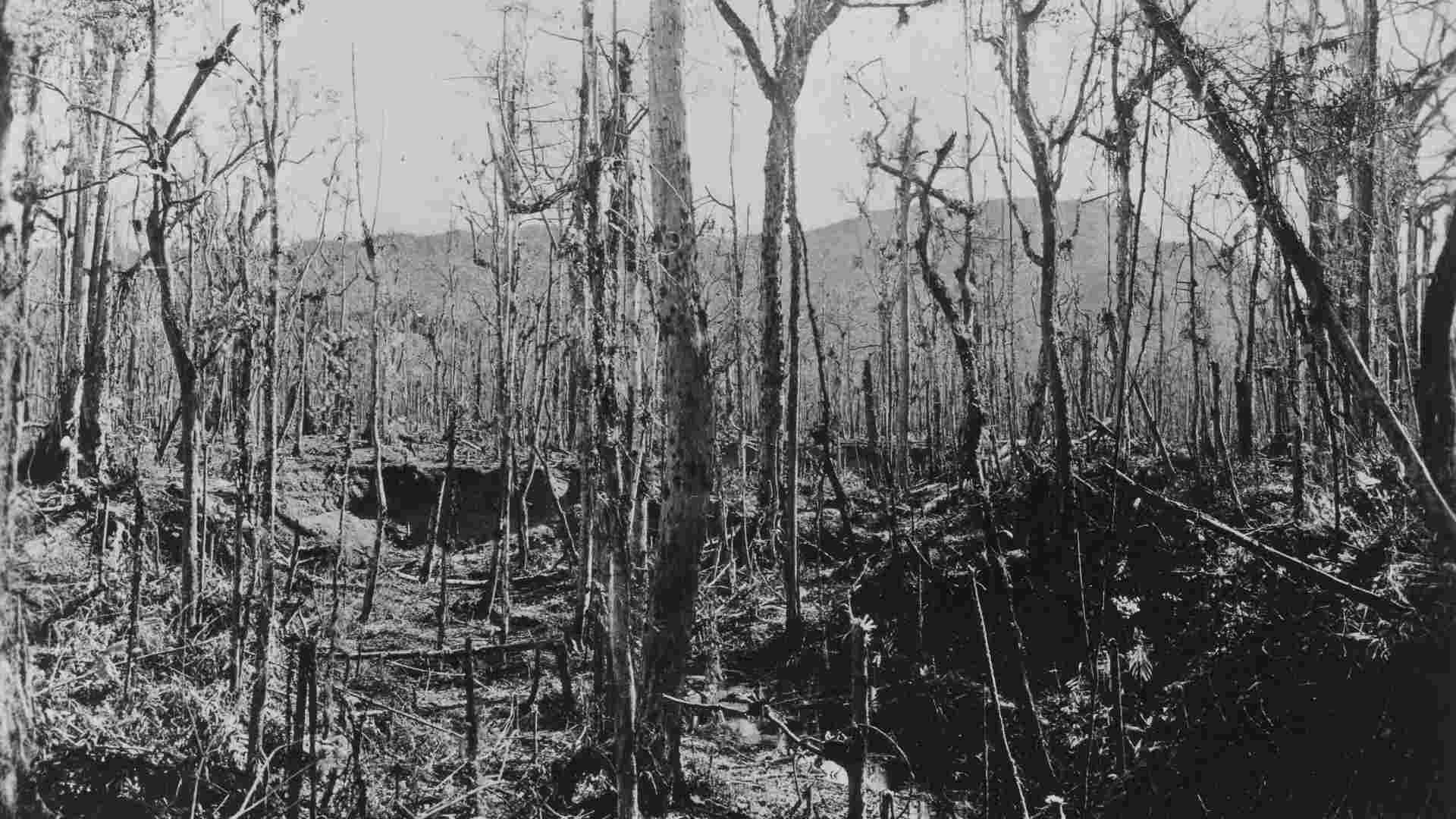
Sources: Signal Corps Archive/Wikimedia
His brother John Sciara saw a letter from the Marine Corps indicating this. “After the war my parents received a letter from the Marine Corps stating Sgt Charles Sciara did not die on January 14, 1944. He somehow survived the crash and was taken prisoner by the Japanese and died in an unknown prison camp.”
Department of Defense Investigation
A spokesperson for an agency within the US Department of Defense commented on the reports of the plane wreck discovery.
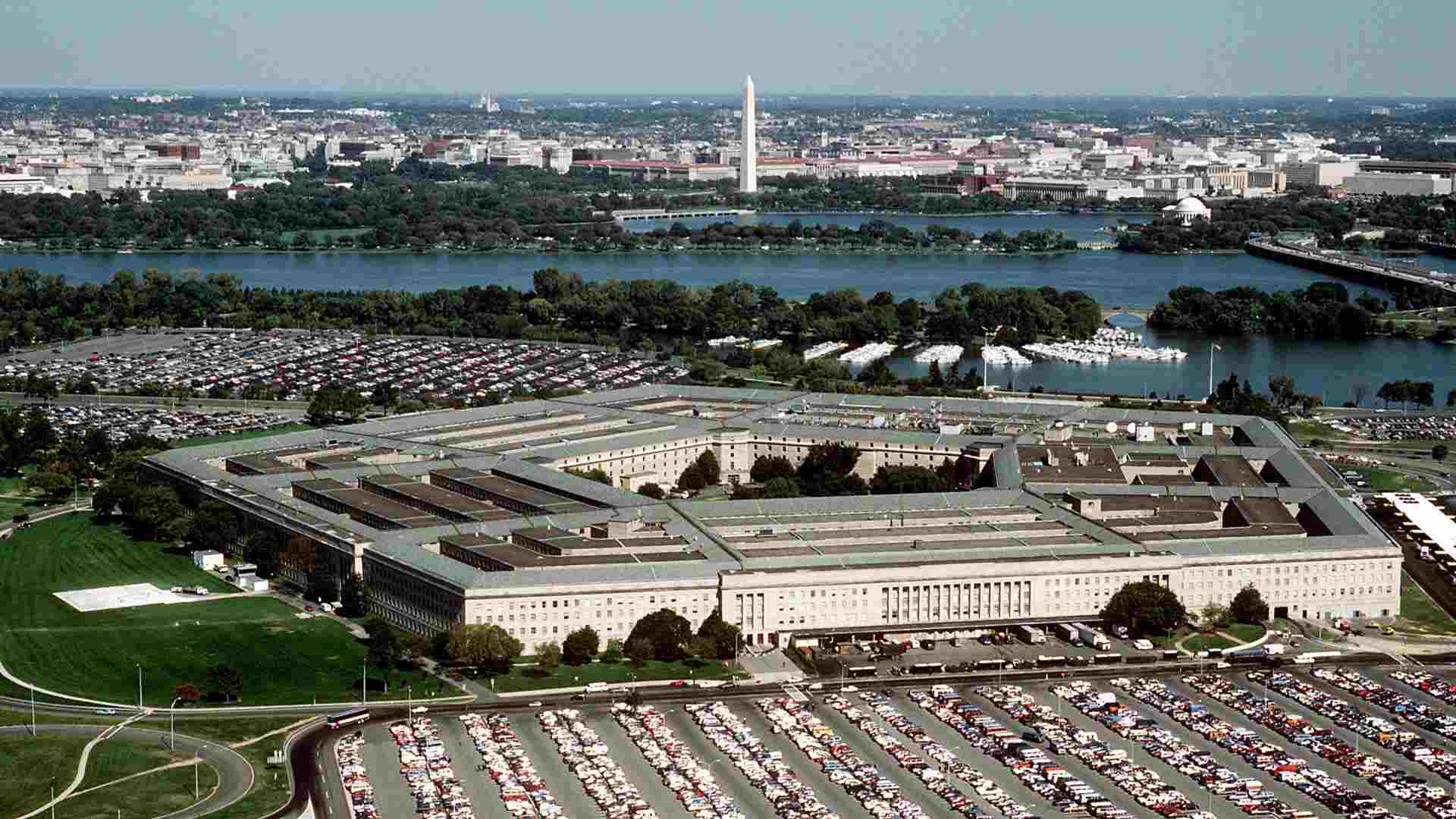
Source: Ken Hammond/Wikimedia
“DPAA has received multiple reports that wreckage potentially associated with missing personnel was recently discovered on New Ireland, Papua New Guinea. We are working to get a team of investigators to the site as soon as we can. As the agency responsible for recovering the remains of Americans missing from past conflicts, DPAA is committed to pursuing this lead,” the spokesperson said.
Other WWII Discoveries
The discovery of the missing SBD Dauntless is not the only one in recent years.
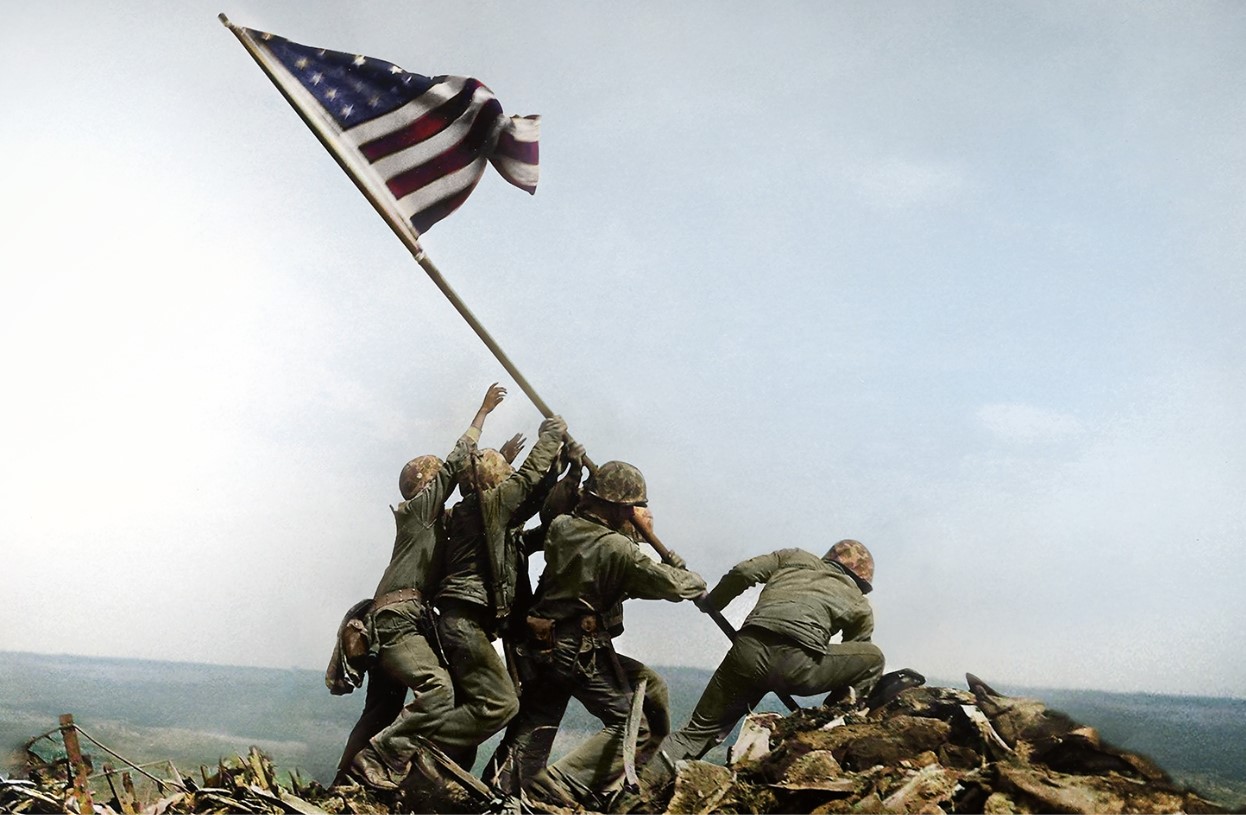
Source: National WWII Museum
Plenty of other wrecked or lost planes and ships from WWII have been discovered, providing closure to families and bringing attention to lesser-known battles and stories.
Discovery of the USS Indianapolis
In 2017, the wreck of the USS Indianapolis was found in the Philippine Sea, 72 years after a Japanese submarine torpedoed it.
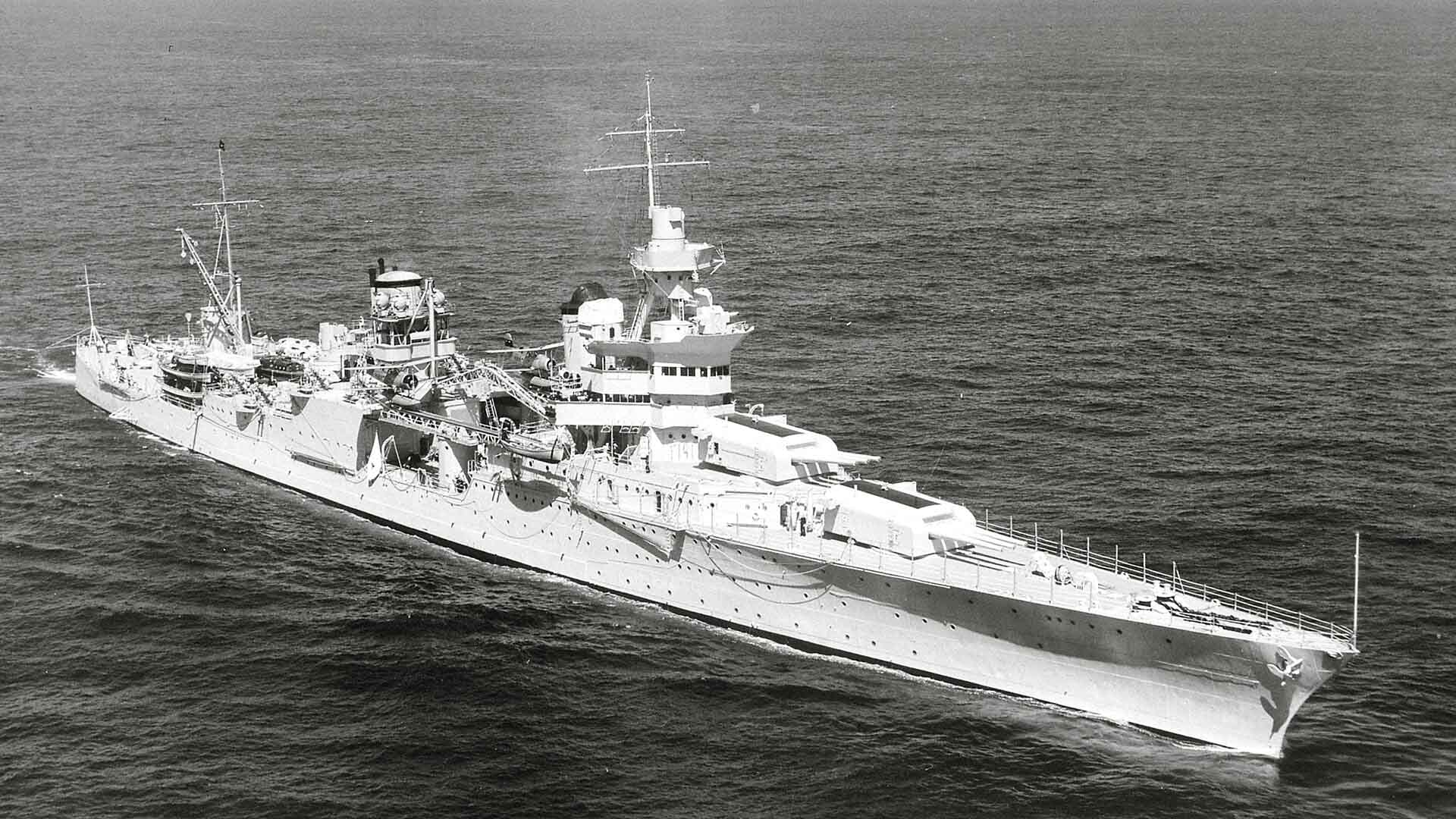
Source: Unknown author/Wikipedia
The sinking led to one of the worst naval disasters in U.S. history. The discovery brought closure to the families of the 879 lost sailors and provided new insights into the tragic event.
HMS Hood and Bismarck Wrecks
The wreck of HMS Hood, sunk by the German battleship Bismarck in 1941, was discovered in 2001.
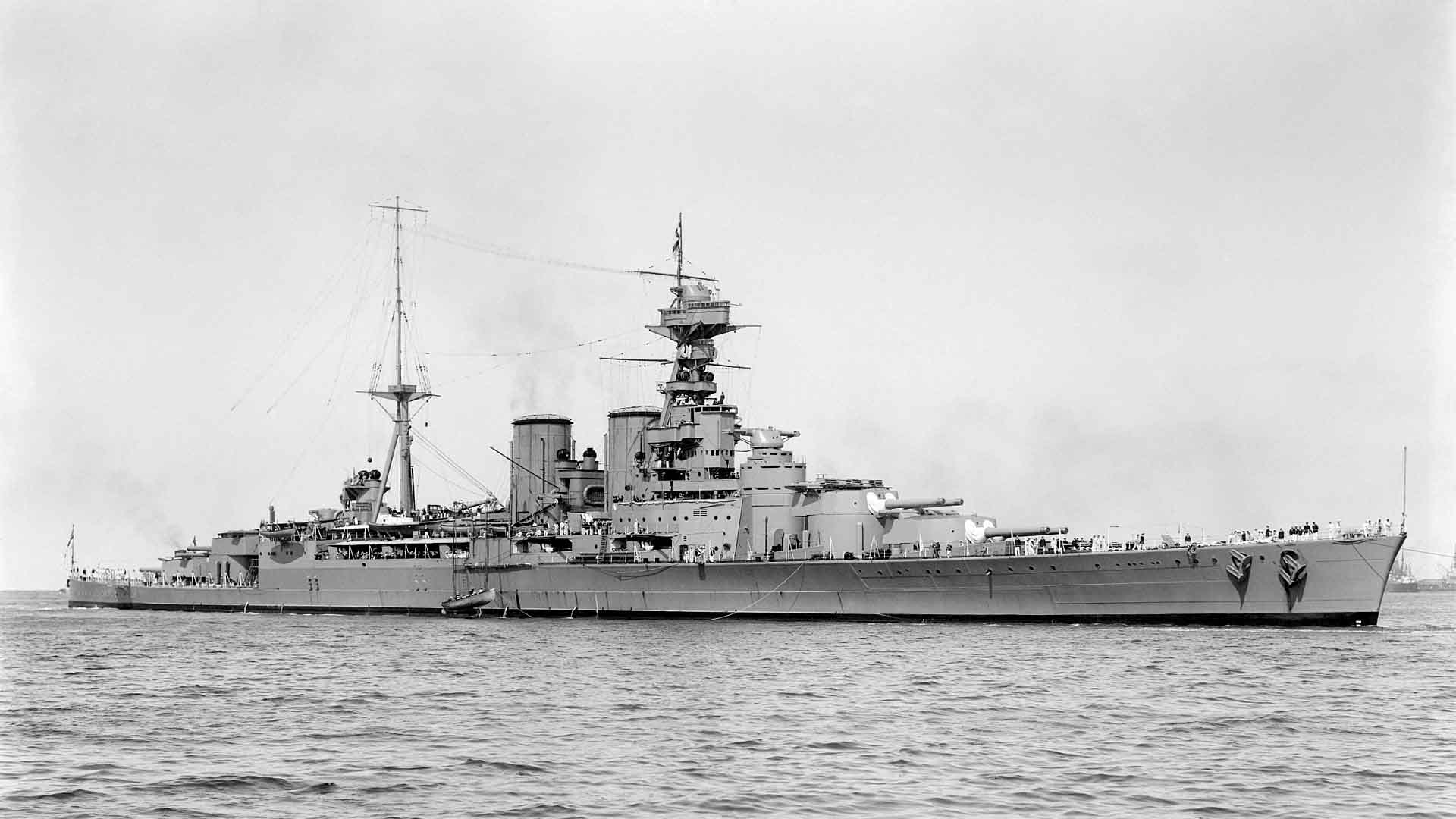
Source: Allan C. Green/Wikipedia
These discoveries offered crucial details about the Battle of the Denmark Strait, enhancing our understanding of naval warfare and the catastrophic engagements during WWII.
Operation Hannibal Shipwrecks
In the 1990s and early 2000s, the wrecks of ships from Operation Hannibal, a German evacuation effort, were found in the Baltic Sea.
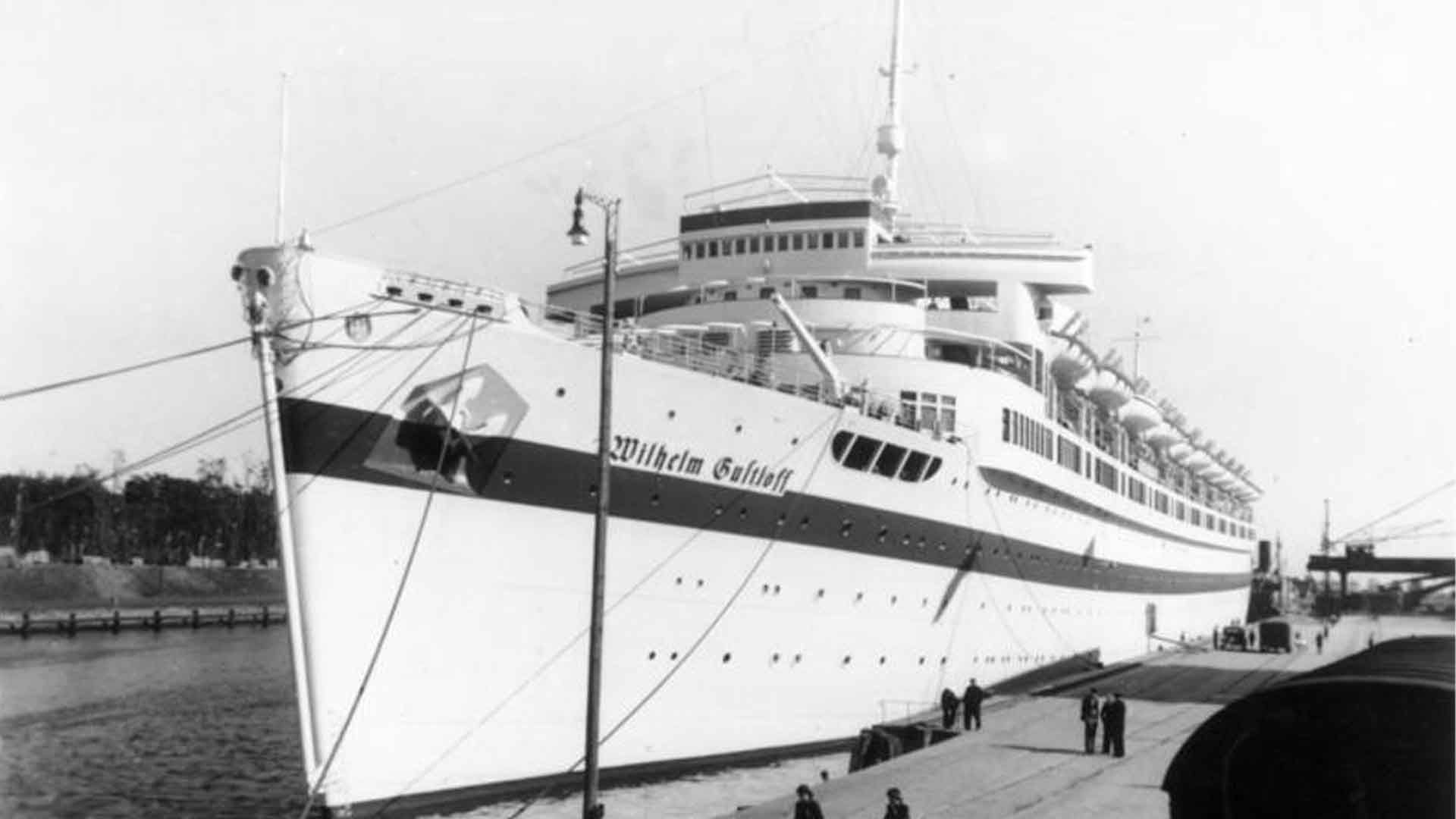
Source: Bundesarchiv, Bild/Wikipedia
These included the Wilhelm Gustloff and Steuben, revealing one of the largest maritime disasters. The findings highlighted the chaos and desperation during the final months of WWII in Europe.
Sahara Desert Aircraft
The remains of an RAF P-40 Kittyhawk were found in the Egyptian desert in 2012.
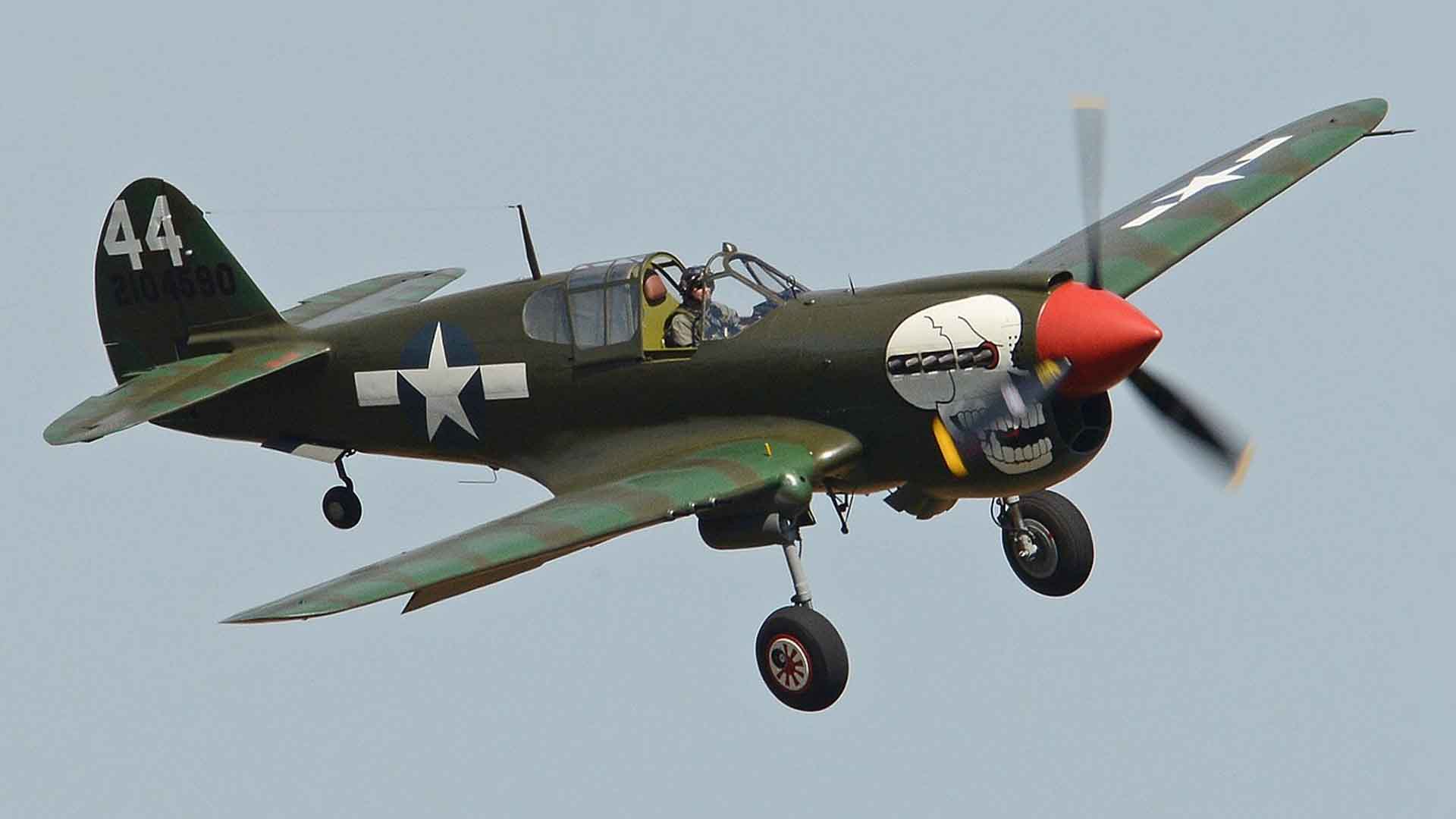
Source: Alan Wilson/Wikipedia
The aircraft, belonging to pilot Dennis Copping, crash-landed in 1942. Its discovery provided a stark reminder of the harsh conditions faced by WWII pilots and preserved a piece of North African campaign history.
Enigma Machine in Baltic Sea
In 2020, an Enigma machine used by the German military for encrypting messages was discovered in a Baltic Sea bay.
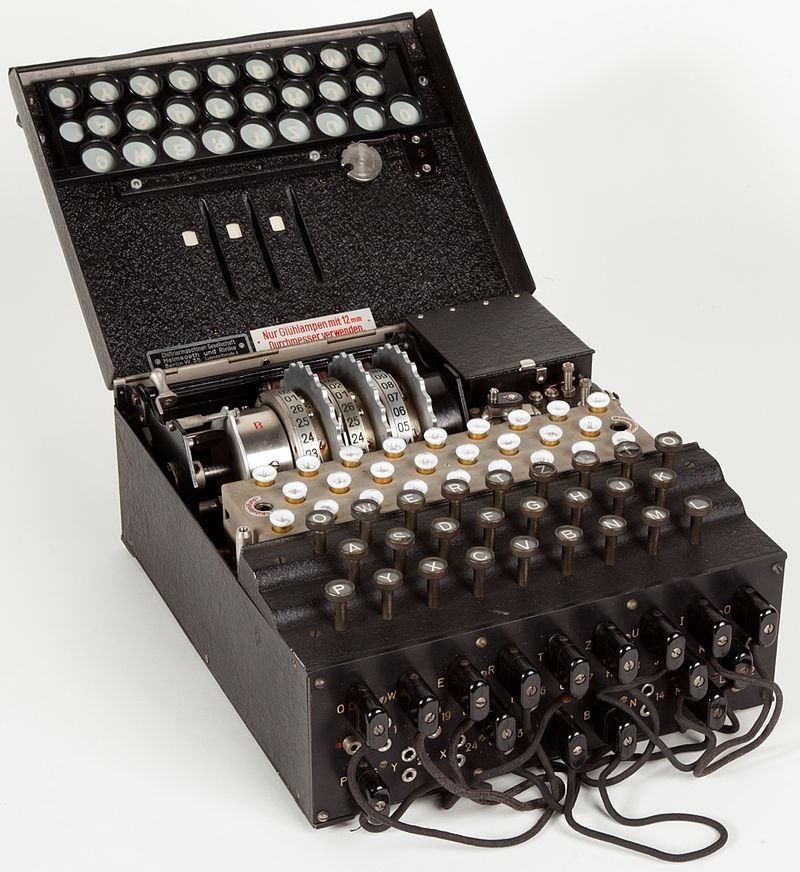
Source: Alessandro Nassiri/Wikipedia
This rare find highlighted the significance of cryptographic efforts during WWII and the crucial role of codebreakers in the Allied victory.
German U-Boat U-576
The wreck of the German U-boat U-576 was discovered off the coast of North Carolina in 2014. It was sunk during the Battle of the Atlantic alongside the freighter Bluefields.
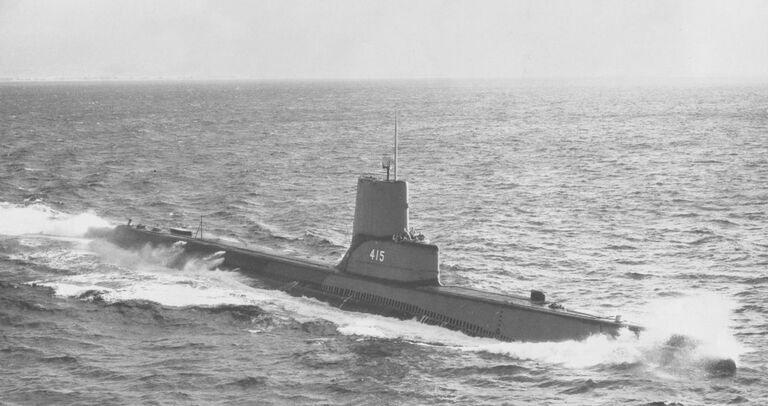
Source: NavSource Online: Submarine Photo Archive
This find provided valuable insights into the underwater conflicts and the strategic importance of the Atlantic routes.
Lost WWII Submarines
Numerous WWII submarines have been found, including the U.S. submarine USS Grayback in 2019 near Okinawa.
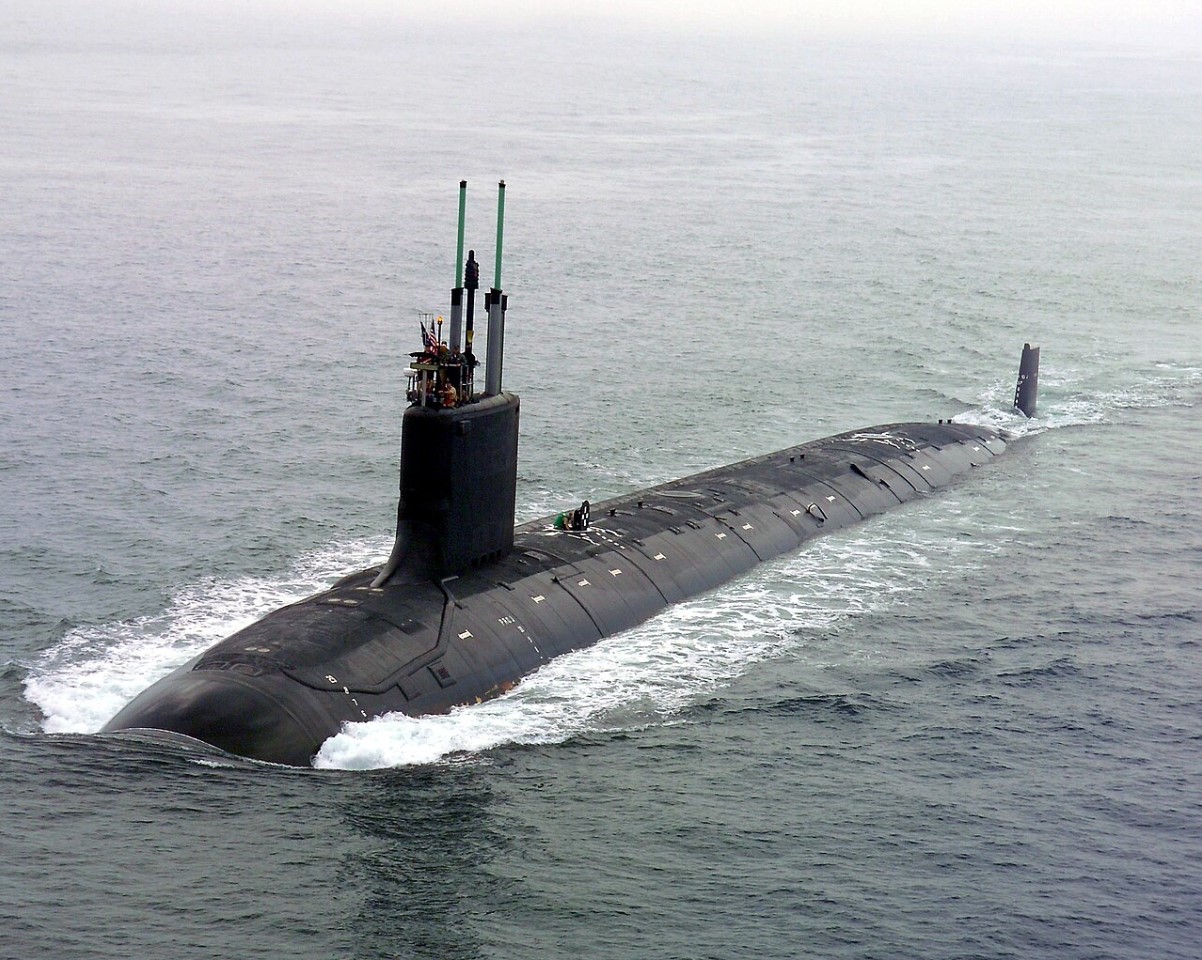
Source: Wikimedia
Missing since 1944, its discovery provided closure for the families of the 80 crew members and contributed to our understanding of submarine warfare in the Pacific Theater.
Wreck of the SS Richard Montgomery
In 1944, the SS Richard Montgomery, carrying munitions, sank near the Thames Estuary. Its wreck remains partially visible while still housing explosives within its walls.
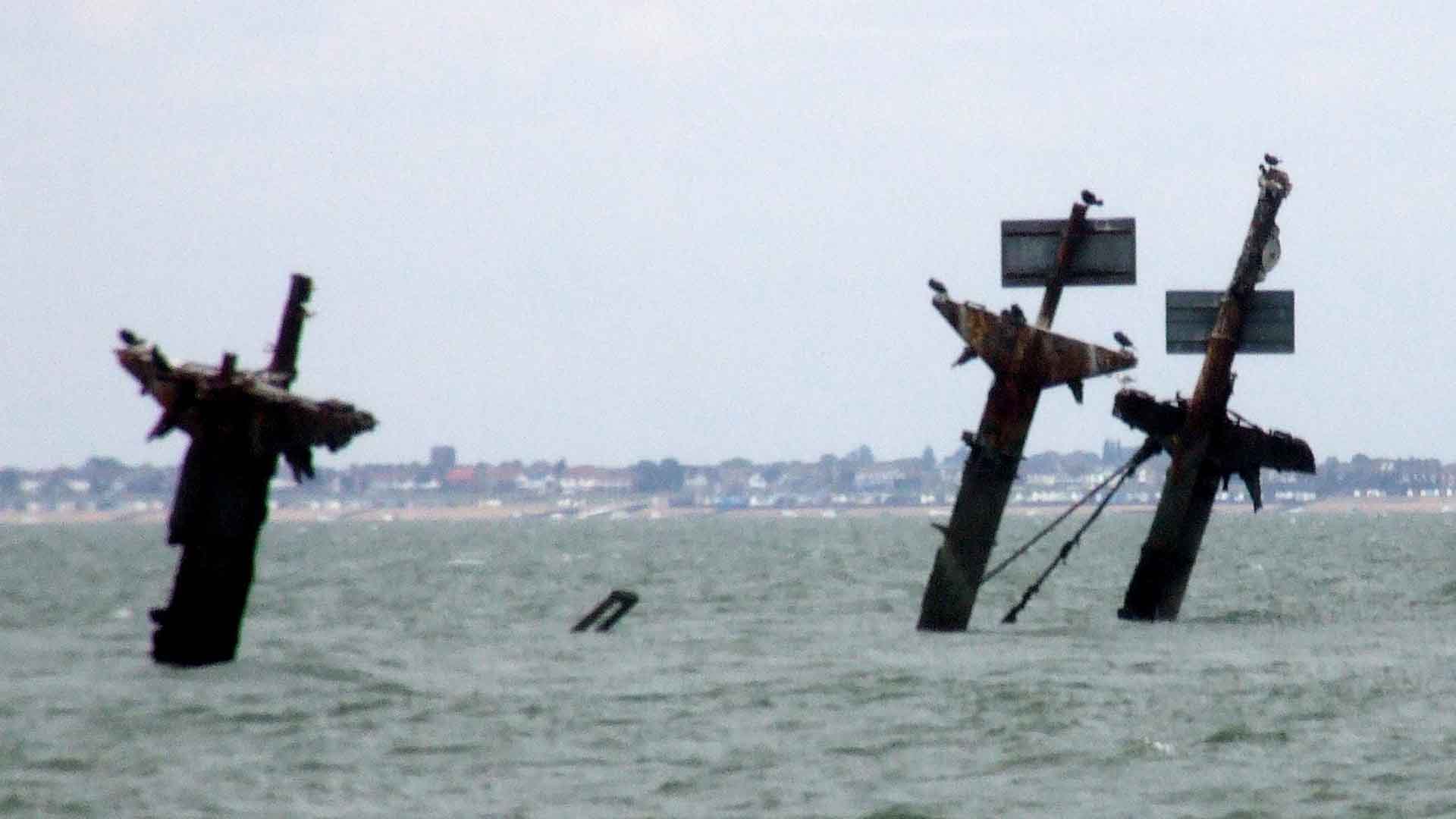
Source: Clem Rutter/Wikipedia
In 1944, the SS Richard Montgomery, carrying munitions, sank near the Thames Estuary. Its wreck remains partially visible while still housing explosives within its walls.
USS Yorktown Survey
Ocean Exploration Trust’s survey of USS Yorktown during the Ala ʻAumoana Kai Uli expedition marked the first real-time viewing of this Battle of Midway wreck. Discovered over 25 years ago, this noninvasive visual survey was part of a NOAA-funded mission to explore deep-water habitats in the Papahānaumokuākea Marine National Monument.
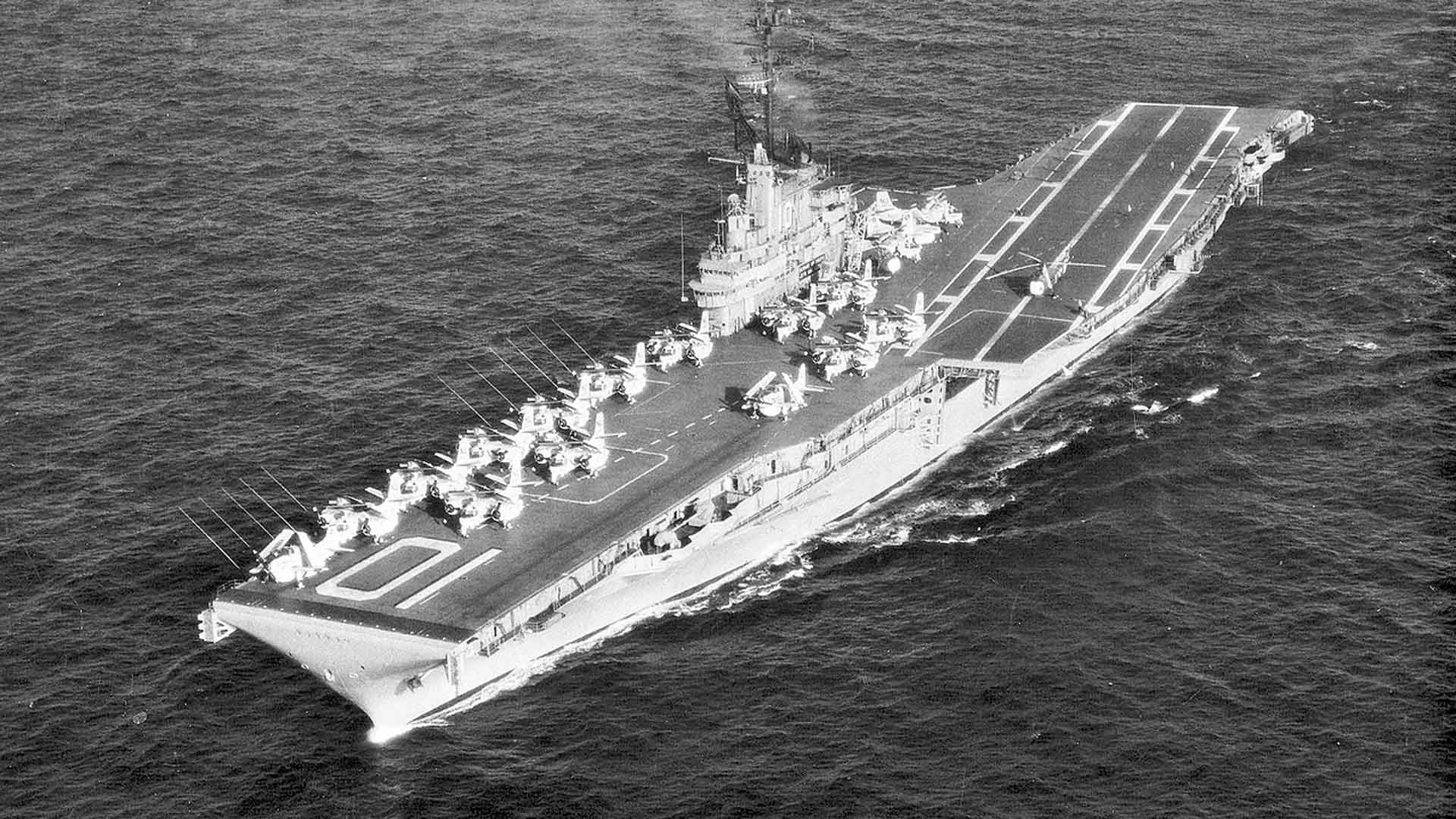
Source: US Navy/Wikipedia
The dive honored the cultural and historical significance of the site. The mission involved numerous partners and aimed to provide baseline data to support the management and potential national marine sanctuary designation of PMNM, a UNESCO World Heritage site.
Discovery of the Kaga
The wreck of the Japanese aircraft carrier Kaga, sunk during the Battle of Midway in 1942, was located in 2019.
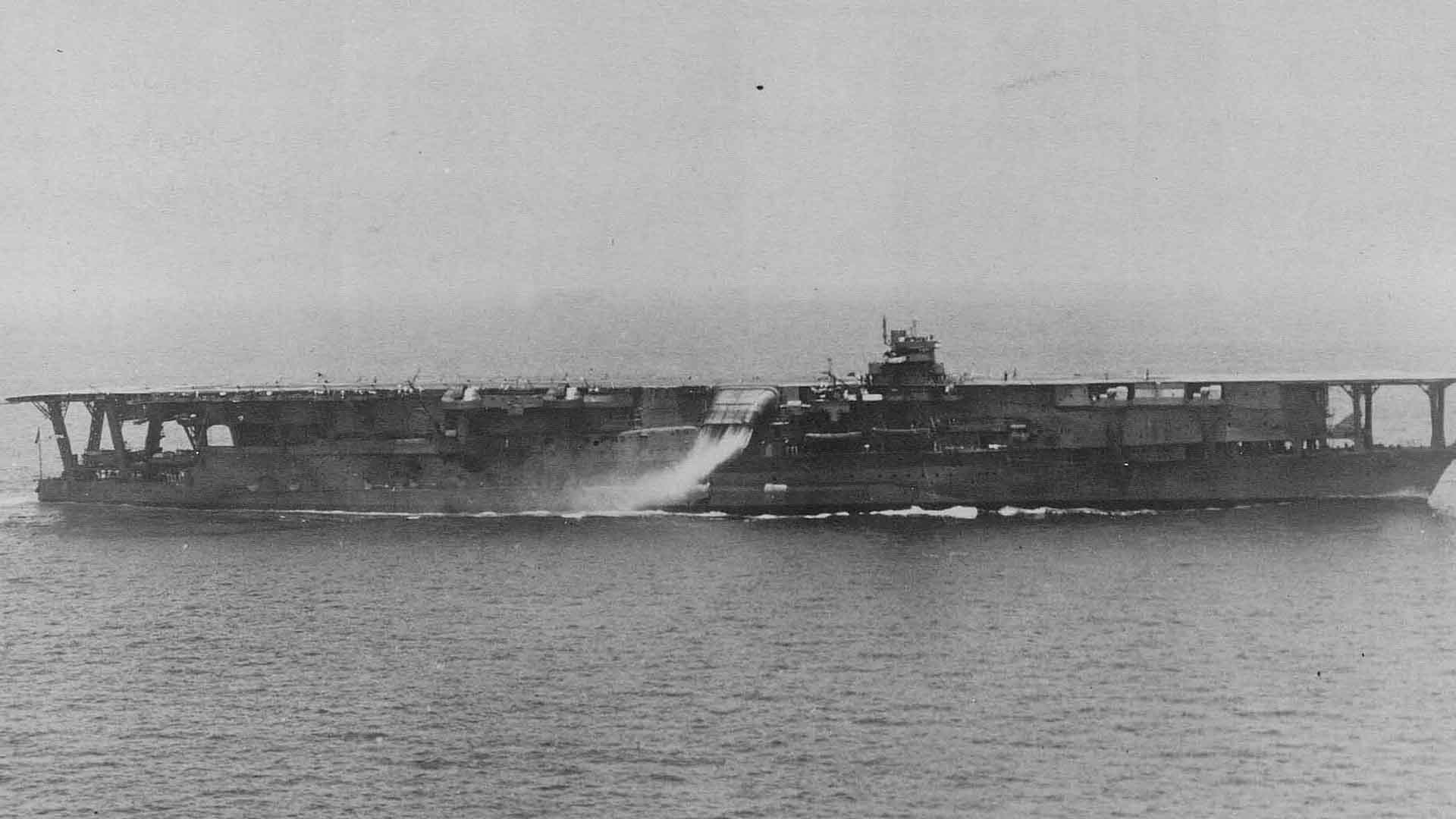
Source: Mr Fukami/Wikipedia
This discovery provided a deeper understanding of the battle that turned the tide in the Pacific War and preserved the legacy of one of Japan’s most formidable carriers.
Rediscovering Our History
The discovery of long-lost WWII artifacts continues to captivate and educate us. Each find enriches our historical knowledge, honors the memory of those who served, and, hopefully, brings closure to families.
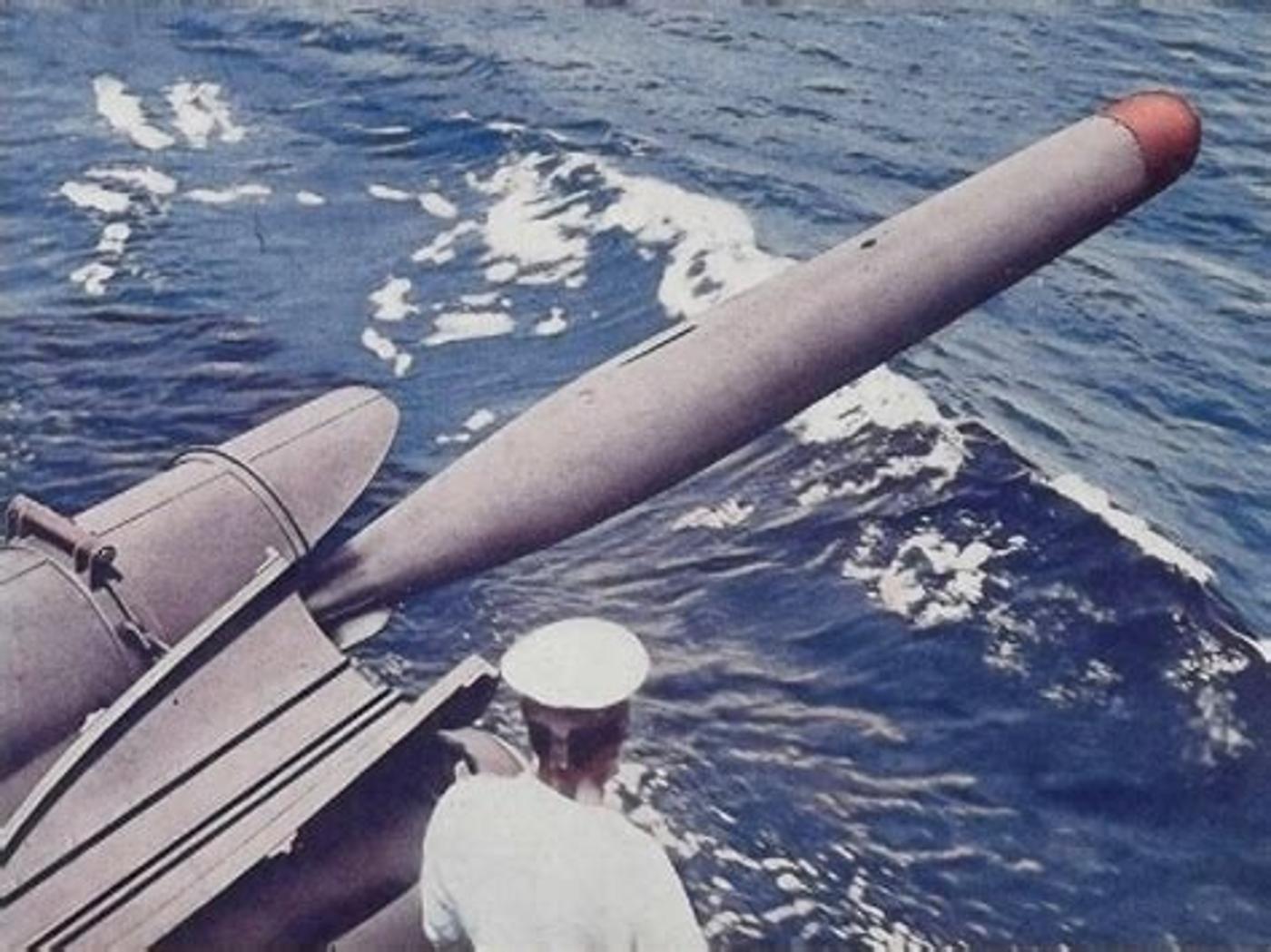
Source: Quora
These discoveries remind us of the enduring impact of WWII and the importance of preserving its legacy for future generations.
